
Researchers at McGill University have made advancements with a novel method for growing synthetic bone tissue.

Researchers at McGill University have made advancements with a novel method for growing synthetic bone tissue.

Bio-Rad has launched a range of antibodies specifically for daratumumab that inhibit the binding of the drug to the target antigen, CD38, which allows for highly specific bioanalysis and drug monitoring.

Thermo Fisher and Symphogen have extended their collaboration involving improved data workflow, which supports the discovery and development of new cancer treatments.

Scientists can work to overcome the challenges associated with protein characterization through empowering technologies.

Borrowing is good, but invention is best.

A new portfolio of chromatography and mass spectrometry consumables launched by Thermo Fisher Scientific is designed to meet higher performance requirements while remaining economical.

The integration of modern software tools can make the acquisition and analysis of MS data more efficient, accurate, and compliant.

Recent trends in data analytics highlight the use of modeling techniques to improve process control and monitoring in biopharmaceutical production.

Analytical approaches must keep pace to ensure the identity, safety, and efficacy of evolving mRNA candidates.

Recently released technologies aim to improve laboratory processes.
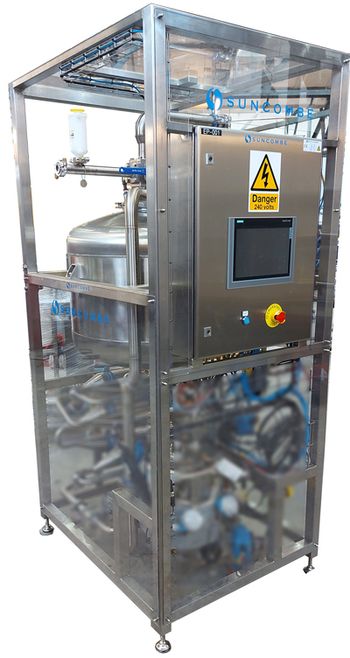
The MicroEDS BioWaste Treatment System can process between 150 to 500 L of waster per day.
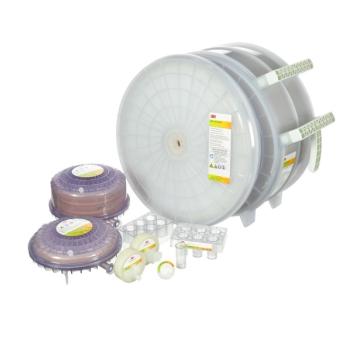
The 3M Harvest RC clarifier condenses three process steps into a single-stage purification of recombinant protein therapeutics.
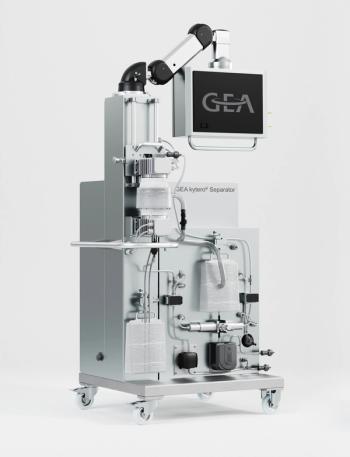
The GEA kytero combines the high performance of larger GEA stainless-steel pharmaceutical centrifuges with the benefits offered by disposable components.
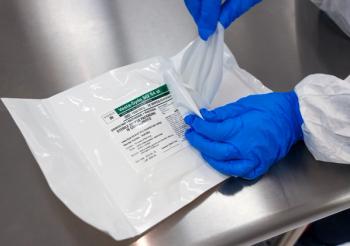
STERIS Life Sciences’ VestaSyde SQ 64 st Ready-to-Use Disinfectant Wipes are part of a family of products designed to disinfect cleanroom services.

IonSense’s DART-MS technology offers rapid drug analysis without the need for sample preparation.

Texcell North America’s new lab facility in Frederick, Md., will expand the CRO’s capabilities in R&D cell culture, viral clearance studies, and viral safety testing.

PhoreMost has entered into separate collaboration agreements with Polaris Quantum Biotech and NeoCura Bio-Medical Technology to discover and develop novel cancer therapeutics.

In their collaboration, Bristol Myers Squibb and Prellis Biologics aim to generate human antibody libraries for select targets to enable drug discovery.

After a previously announced merger, Protagen Protein Services, BioAnalytix, and GeneWerk have formed a new CRO under the name ProtaGene.

Fujifilm Diosynth Biotechnologies' 89,000 square-foot expansion of its BioProcess Innovation Center in Research Triangle Park, N.C., will double its capacity to support process characterization.

The COVID-19 pandemic generated partnerships among organizations with the goal of changing the way in which assay development and tech transfer of these assays are conducted moving forward.

The acquisition of Protein Metrics expands Insightful Science’s R&D solutions to include proteomics.

Modeling techniques can improve process control and monitoring in biopharmaceutical production.
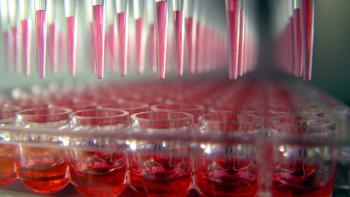
Multispecific analysis is complex but can be achieved using appropriate strategies.

Amgen and Syngene International have extended their research collaboration to 2026.